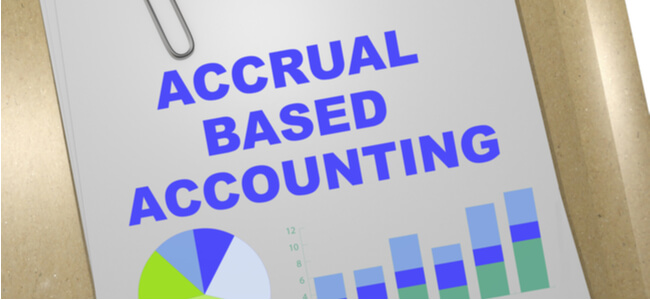The Most Important Accounting Ratios & What They Mean

Without some basic accounting skills, it’s nearly impossible to operate any business. Accounting for your invoices, payment dues, transactions, and inventory status can be a tedious business.
Successful business owners are adept at proficient bookkeeping and accounting. While accounting software can help take on some of the burdens, it wouldn’t hurt to learn about some of the most important accounting ratios.
Liquidity Ratio
These types of ratios make use of a business’s current liabilities in order to assess its ability to pay off loans in the future. Some common ones are:
- Quick ratio= quick assets/current liabilities. Your quick assets comprise your accounts payables including cash and market securities
- Current ratio= current Assets/current liabilities. When gauging a company’s ability to pay off short-term loans, the current ratio formula is employed
- Cash ratio= cash/current liabilities. The ratio is used to assess the extent to which your current liabilities can be covered only by cash
- Cash coverage ratio= [earnings without interest and tax + depreciation]/interest. The ratio helps to measure the likelihood of your business paying off debts with accumulated interest
- Net working capital ratio= [current assets-current liabilities]/total assets. This ratio is used to assess the total liquidity of your assets. An increasing capital ratio suggests greater investment in liquid assets instead of fixed ones
- Operating cash flow ratio= operating cash flow/current liabilities. This ratio indicates the extent to which your cash flow can sustain the liabilities
Leverage Ratios
These accounting ratios help to assess the extent to which a company’s capital is reliant on debt. It also assesses the business’s likelihood of successfully meeting future financial challenges.
These include:
- Debt-to-equity ratio= total debt/total equity. This helps to gauge the leverage through a comparison of your business’s debt with your company’s stock value
- Total debt ratio= (total assets - total equity)/total assets. This determines the assets that will remain after your total debt is laid off
- Long term debt ratio= (long-term debt)/(long-term debt + total equity). This will help you determine the remaining assets for a period longer than a year
Profitability Ratios
These financial accounting ratios are used to gauge the relationship between earnings and expenses. These include:
- Return on assets= net income/average total assets. These are used to determine the profits made in comparison to the assets
- Profit margin= net income/sales. This determines the income generated by sales
- Earnings per share= net income/number of common shares outstanding. The ratio determines the profit emitting from your outstanding shares
- Return on equity= net income/average stockholder equity. This uses your stockholder’s investments to determine profitability
Market Value Ratios
These are accounting ratio formulas strictly concerned with your stocks. You can use these to fix problems of stock pricing. Here are the two most common market-value ratios:
- Price-to-earnings ratio= price per share/earnings per share. It helps investors determine the amount they’re paying for a single dollar per stock
- Market-to-book ratio= market value per share/book value per share. You can use this to compare your business’s historic accounting value to its stock value
Turnover Ratios
These ratios determine your company’s income against the overall assets. The following are the most common turnover ratios.
- Inventory turnover ratio= costs of goods sold/average inventories. It determines the extent of the sold inventory over a given period
- Assets turnover ratio= sales/average total assets. This determines your company’s deftness in utilizing assets to generating revenue
- Accounts receivable turnover ratio= sales/average accounts receivables. This measures your company’s ability to quickly collect funds
- Accounts payable turnover ratio= total supplier purchases/{(beginning + ending accounts payable)/2}. It’s used to determine a business’s speed of paying its suppliers
The Importance of Financial Ratios
Financial ratios help you better visualize the big picture of your business. Using these financial accounting formulas, you can better determine where and how well your company is placed in terms of finance and set targets.
Knowing the status of your accounts helps you draw valuable comparisons between your past and current business performance.
Different accounting ratios serve different purposes. For example, using the asset turnover ratio helps gauge the intrinsic value of your assets when compared with your company’s services or products. Using the total debt ratio helps determine the right time to undertake further debt.
Conclusion
There are several simple accounting formulas that businesses use to ascertain their financial standings. Remember, it isn’t customary to use every single one of these ratios. However, you may choose a few of the most relevant accounting ratios to help gain a clearer financial overview.










